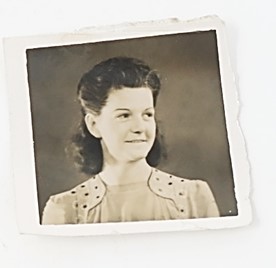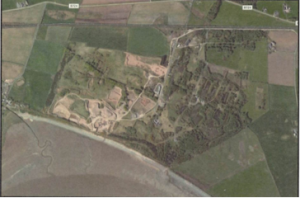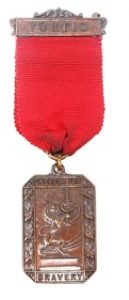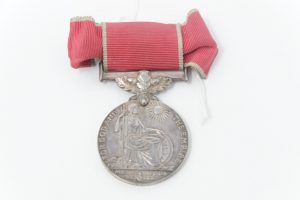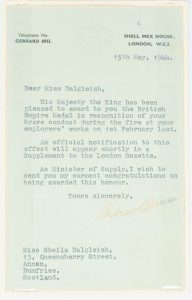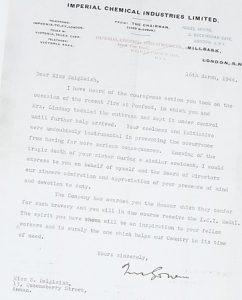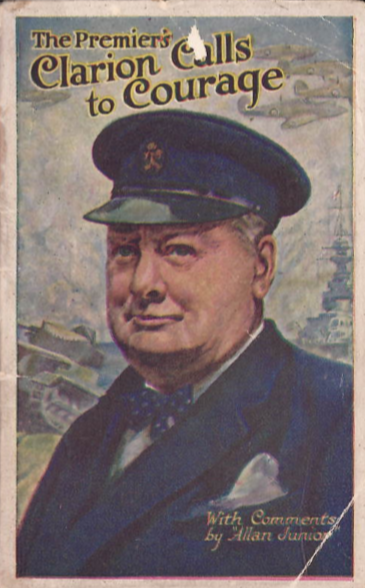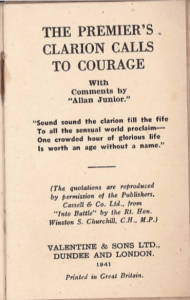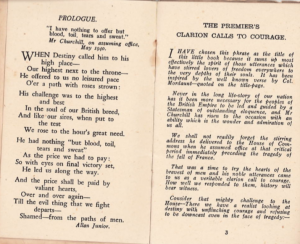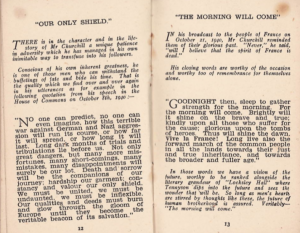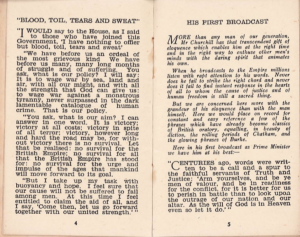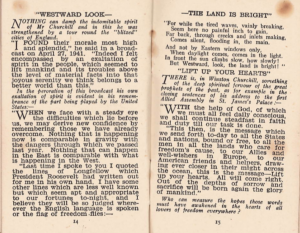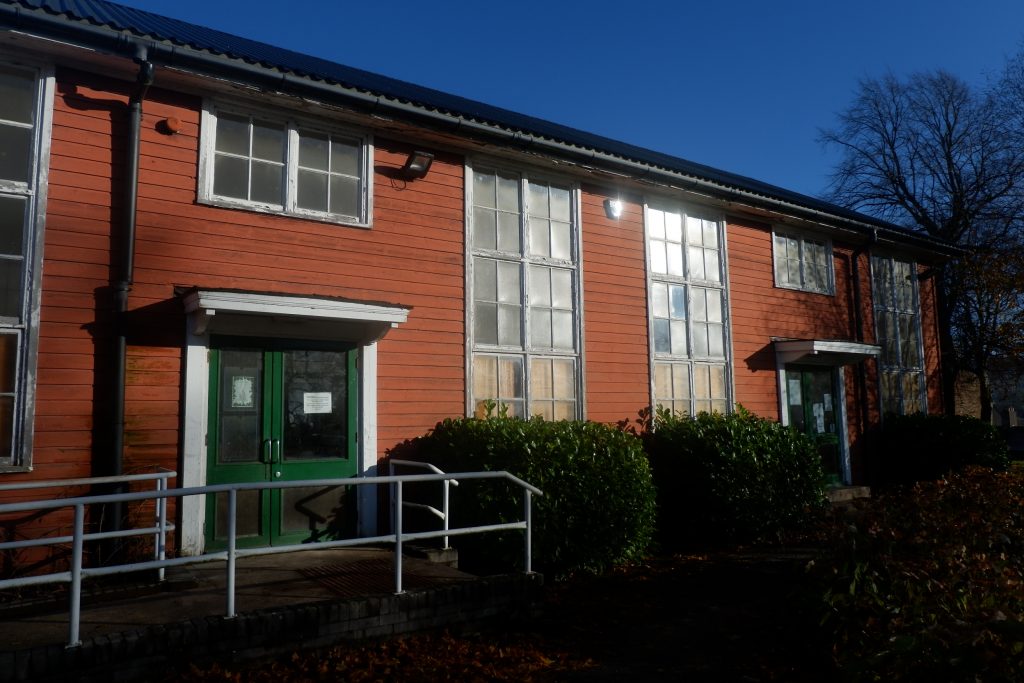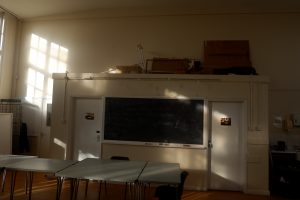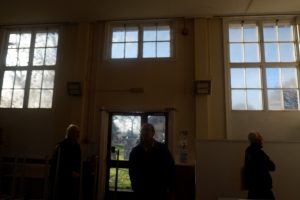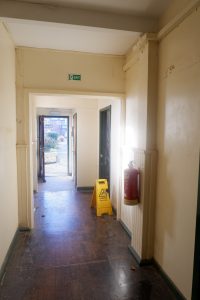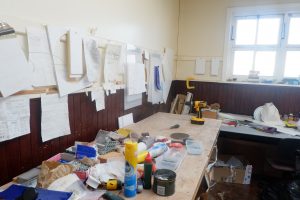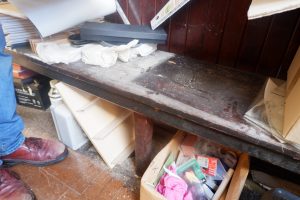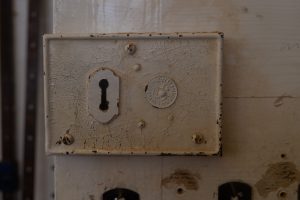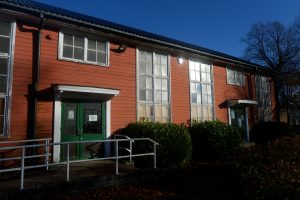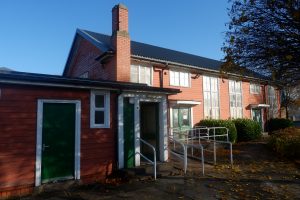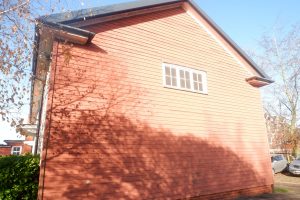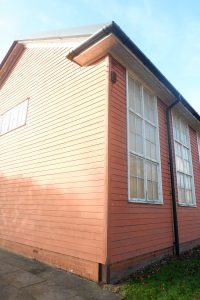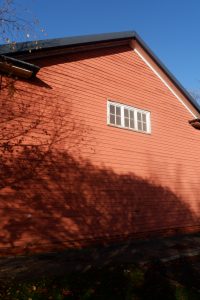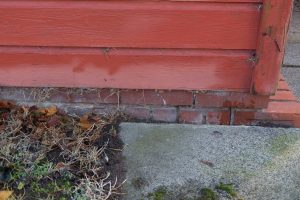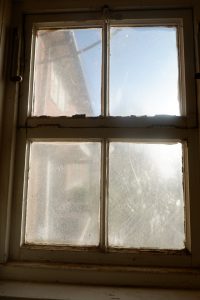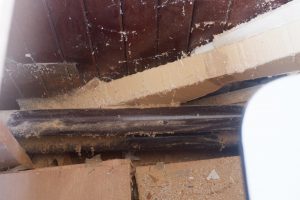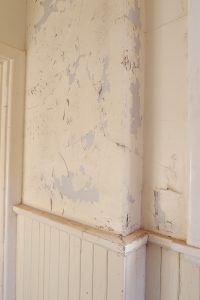
The Grimwood Museum Adventure
Join us this August for a brilliantly bonkers museum trail, part of the national Grimwood Museum Adventure with Kids in Museums and Simon & Schuster Children’s Books. The trail celebrates the release of the latest book in the Grimwood series: Party Animals, written and illustrated by Nadia Shireen. Spot as many animals as you can find, complete puzzles and build a barmy bird’s nest from objects you can spot in the museum! Complete the trail and get a free Grimwood sticker. There is also a competition to enter!
This trail will be running at The Devil’s Porridge Museum from the 3rd to 26th August 2024.
Grimwood: Party Animals
Fox cub siblings, Ted and Nancy escape urban life and find themselves in Grimwood, the forest where anything can happen. Along with their new friends, Willow the Rabbit, Sharon the Party Crow, Titus the Stag, and more squirrels than they know what to do with, they face the toughest challenges, embark on the maddest adventures, learn the biggest life lessons and have the most fun two fox cubs can have.
The must-read fourth title in the bestselling and wildly funny, Grimwood series, Grimwood: Party Animals is out now! Can the gang help Grimwood’s favourite raving resident, Sharon the Party Crow to get her mojo back?
This is a free activity with admission.


